ABOUT
Cerakote: one of the industry’s hottest trends, just after Glocks and facial hair. Most people know its role as a cosmetic application — but what is it and how does it work?
The company isn’t all that jolly to share the full composition of the product (we don’t blame them), but we do know it’s a composite epoxy coating made with polymer and ceramic. Like most coatings, it increases durability and resistance. And Cerakote is a material slut: it sticks to metal, plastic, polymer, and wood. That puts it lightyears ahead of historical firearm-protectors, like bluing, which are monogamous to metal.
Cerakote has some other obvious advantages. The coating is offered in over 100 colors, and can be applied with stencils, patterns, letters, engraving, and more to achieve virtually any pattern or design the customer wants.
APPLICATION
The steps are relatively simple: disassembly, sandblasting, cleaning, painting, and baking. But, of course, simple doesn’t mean easy. Cerakote is ridiculously thin. Like, insanely thin. A similar market product, powder coating, must be applied at a minimum of 2/1000” (2 mil). Cerakote, on the other hand, thrives around half that application (1 mil). Half. This broadens the applications enormously.
When correctly applied, cerakote won’t cover up deep engravings or change the accuracy of your gun. And while powder coating is just 1 mil thicker than cerakote, we’d never comfortably prescribe a powder coat to any firearm. As it turns out, that 1 mil totally matters. Guns are designed to function with almost atom-to-atom tightness. Yes, that 1 mil can wreck that perfect fitting, further destroying your accuracy.
Complete disassembly of the firearm is required, not just field stripping. You gotta get your blaster down to its nitty gritty to really apply a good coat. And this is kind of tedious, which is why a lot of companies charge disassembly fees based on the complexity of the firearm.
Much like most paints, cerakote is applied with a spray gun of sorts. And yes, it is toxic, so protective equipment must be worn. You know, like, blindness or permanent nerve damage toxic — protection isn’t optional.
Some formulas require air-curing while others must be oven-baked. Most firearm Cerakotes are the oven-bake kind, and while one could conceivably do it in their kitchen, nobody who knows anything about cerakote would ever recommend that. Ever. You know, because kitchen ovens aren’t all that accurate, and also because of the potential permanent nerve damage we mentioned before.
CAN I CERAKOTE MY OWN FIREARM?
We’ll answer that with a loose “no.” You can cerakote your own firearm in the same way you can paint your own vehicle. Can you do it? You sure can — it just won’t hold the same quality, craftsmanship, and durability that it would if a pro did it. And again, there’s the potential of organ toxicity, nerve damage, blindness… you know, the works. So we don’t recommend it. Not even a little.
THE BENEFITS
The geniuses at Cerakote scienced-up a way to make this insanely thin coating also crazy strong. The thin layer protects the moving parts from normal wear and tear like shooting and handling. It’s also kind of a bitch to water and sand — which is a good thing. Cerakote scares the daylights out of the elements, preventing your gun from rusting and pitting.
5 Comments
Add comment Cancel reply
You must be logged in to post a comment.

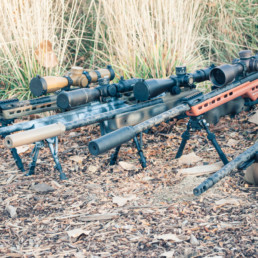
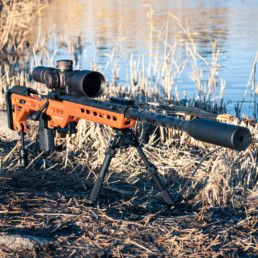
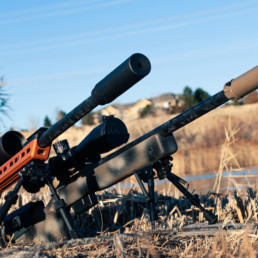
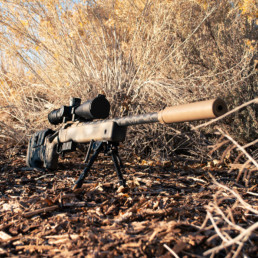
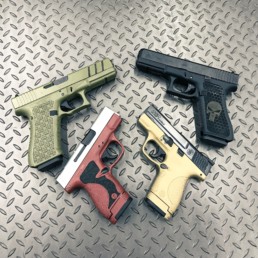
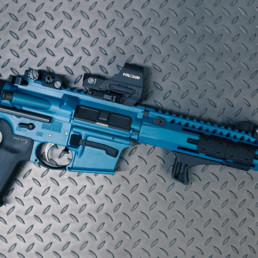
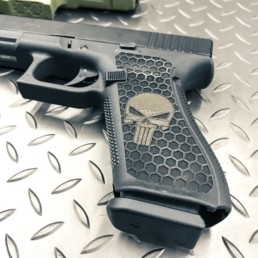
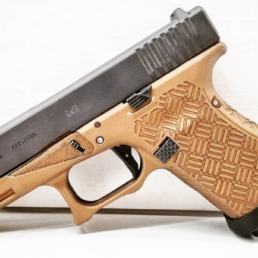
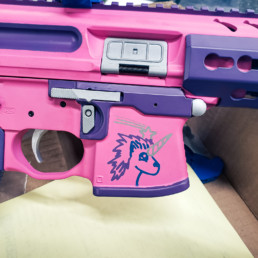
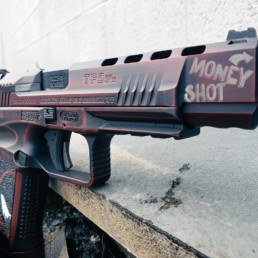
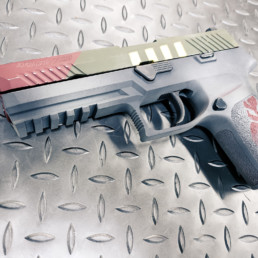
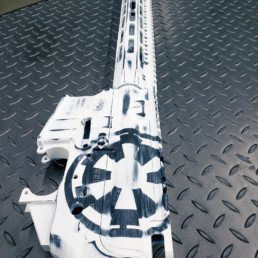
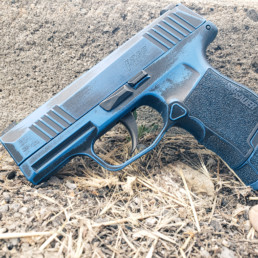
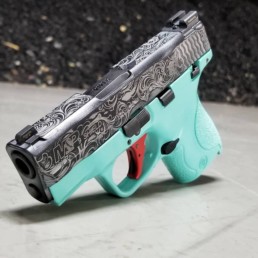
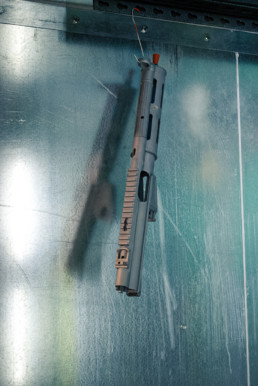
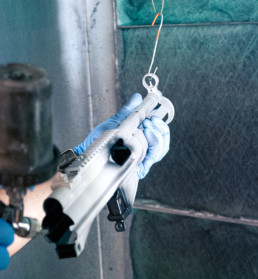
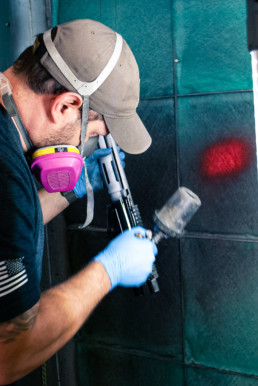
[…] When correctly applied, cerakote won't cover up deep engravings or change the accuracy of your gun. And while powder coating is just 1 mil thicker than cerakote, we'd never comfortably prescribe a powder coat to any firearm. As it turns out, that 1 mil totally matters. via […]
[…] When correctly applied, cerakote won't cover up deep engravings or change the accuracy of your gun. And while powder coating is just 1 mil thicker than cerakote, we'd never comfortably prescribe a powder coat to any firearm. As it turns out, that 1 mil totally matters. via […]
[…] APPLICATION. The steps are relatively simple: disassembly, sandblasting, cleaning, painting, and baking. But, of course, simple doesn't mean easy. Cerakote is ridiculously thin. via […]
[…] When correctly applied, cerakote won't cover up deep engravings or change the accuracy of your gun. And while powder coating is just 1 mil thicker than cerakote, we'd never comfortably prescribe a powder coat to any firearm. As it turns out, that 1 mil totally matters. via […]
[…] When correctly applied, cerakote won't cover up deep engravings or change the accuracy of your gun. And while powder coating is just 1 mil thicker than cerakote, we'd never comfortably prescribe a powder coat to any firearm. As it turns out, that 1 mil totally matters. via […]